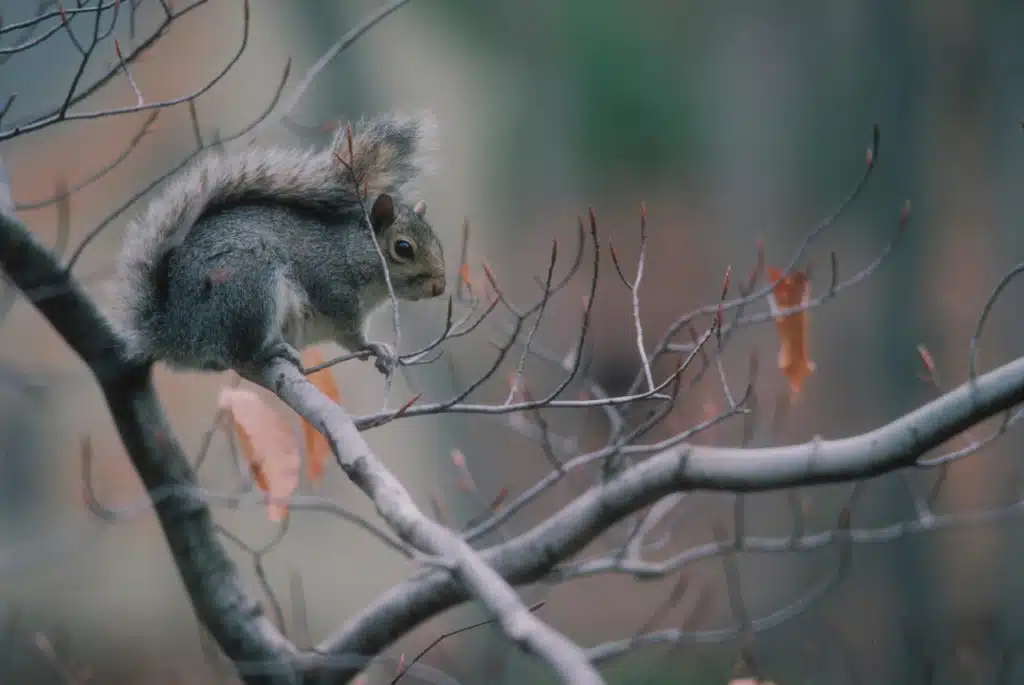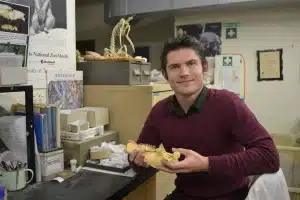A 55-million-year old fossil found in rural Queensland is forcing scientists to rewrite their theories about the origin of Australia’s iconic marsupials, revealing an ancient evolutionary link between Australia and South America.
The fossil, a tiny anklebone smaller than a grain of rice, is from a mouse-sized marsupial previously known only from South America.
“As soon as I saw the bone under the microscope, I knew it was a really significant find,” says Robin Beck, the University of New South Wales paleontologist who carried out the research.
“It has very distinctive features that show it is an ‘ameridelphian’ marsupial, a group that until now was thought to be restricted to South America. It’s a bit like finding a fossil kangaroo in Brazil,” he says.
The bone was collected from the Tingamarra fossil site, near the small town of Murgon in southeastern Queensland. The discovery of a ‘South American’ marsupial shows that 55 million years ago Australia and South America shared at least one group of marsupials in common. At this time, Australia, South America and Antarctica were connected, which may have allowed marsupials to move between the continents.
“This shows that we’re still a long way from fully understanding the history of marsupials in Australia,” Robin says. “I think we can expect plenty more surprises like this in future.”






 Fresh Science is on hold for 2022. We will be back in 2023.
Fresh Science is on hold for 2022. We will be back in 2023.